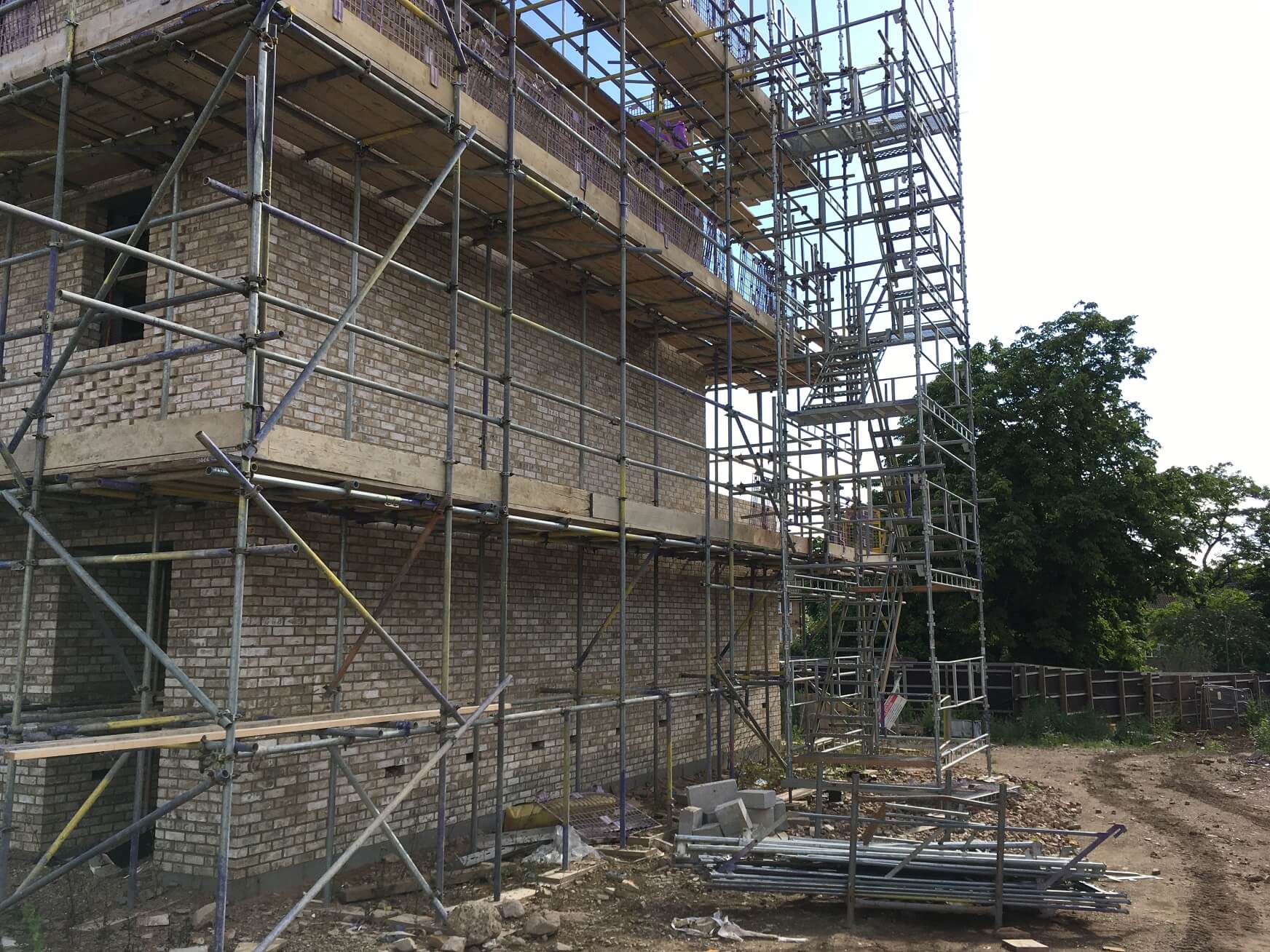As the construction industry continues to grow and evolve, scaffolding remains an integral part of the process. For those considering a career in this field, it’s natural to wonder, “How hard is scaffolding as a job?” In this comprehensive blog post, we will delve into the world of scaffolding, discuss its challenges and rewards, and provide you with an insightful understanding of this fascinating profession. Get ready to uncover what it takes to excel as a scaffolding expert.

Table of Contents:
- Physical Demands
- Mental Challenges
- Training and Certification Requirements
- Working Conditions in the Scaffolding Industry
- Opportunities for Growth and Development
1. Physical Demanding
Scaffolding as a job is physically demanding. Workers are often required to lift and carry heavy materials, such as steel and wooden poles, as well as maneuver them into position. Additionally, the job calls for excellent balance and agility as scaffolders work at great heights and on narrow platforms. Maintaining strength and stamina throughout the workday is essential to avoid injuries and ensure productivity.
- Heavy Lifting and Carrying
- Balance and Agility
- Strength and Stamina
2. Mental Challenges in Scaffolding

- Problem-Solving Skills
- Attention to Detail
- Coping with Stress
While the physical aspects of scaffolding are evident, the mental challenges should not be underestimated. Scaffolders must possess strong problem-solving skills to create safe and efficient structures for various construction projects. Attention to detail is crucial to ensure that all components are assembled correctly and securely. Moreover, coping with stress and staying calm under pressure is vital in this high-risk occupation.
3. Training and Certification Requirements

- Apprenticeships and On-the-Job Training
- Industry Certifications
- Safety Training
To become a professional scaffolder, one must undergo rigorous training and obtain the necessary certifications. Apprenticeships and on-the-job training provide hands-on experience and practical knowledge. Obtaining industry certifications, such as the Scaffold Training Institute (STI) and the Scaffold and Access Industry Association (SAIA), is essential to demonstrate competency. Furthermore, safety training, including OSHA standards, plays a critical role in ensuring a secure work environment.
When considering scaffolding as a career, it’s important to understand the various costs involved. The initial investment includes the cost of training and certifications necessary to enter the field. This may involve fees for apprenticeship programs, coursework, and examination costs for obtaining industry certifications. Once you’re in the profession, there’s the ongoing cost of personal protective equipment (PPE) and tools of the trade, which ensure safety and efficiency on the job. Furthermore, traveling or relocating for projects can also incur additional expenses. However, these costs are typically offset by the competitive salaries and potential for career growth in the scaffolding industry.
4. Working Conditions in the Scaffolding Industry
- Weather Conditions
- Work Hours
- Traveling and Relocation
Scaffolders often work outdoors, exposing them to varying weather conditions like extreme heat, cold, or rain. Long work hours and tight deadlines are common in the construction industry, which may lead to fatigue and stress. Additionally, the job may require traveling to different locations or even relocating, depending on project demands.
5. Opportunities for Growth and Development

- Specialization
- Leadership and Management Roles
- Entrepreneurship
Despite the challenges, scaffolding offers numerous opportunities for growth and development. Scaffolders can choose to specialize in specific sectors, such as commercial, industrial, or residential projects. With experience, they can advance to leadership and management roles, overseeing teams and projects. Some scaffold professionals may also choose to start their own scaffolding businesses, leveraging their expertise and industry connections.
Scaffolding as a job is undeniably challenging, demanding both physical and mental prowess. From heavy lifting and working at heights to problem-solving and coping with stress, the job tests one’s resilience and determination. However, for those who are passionate about the construction industry and thrive in dynamic environments, scaffolding offers a





